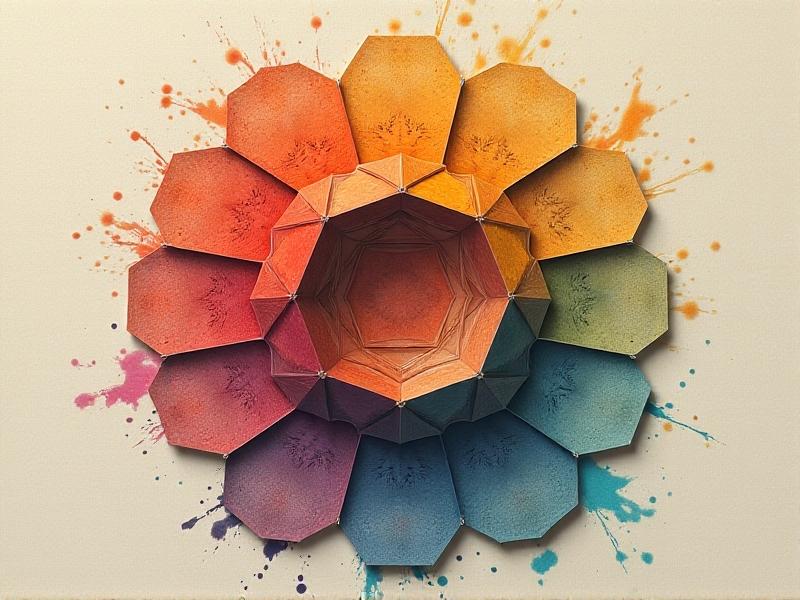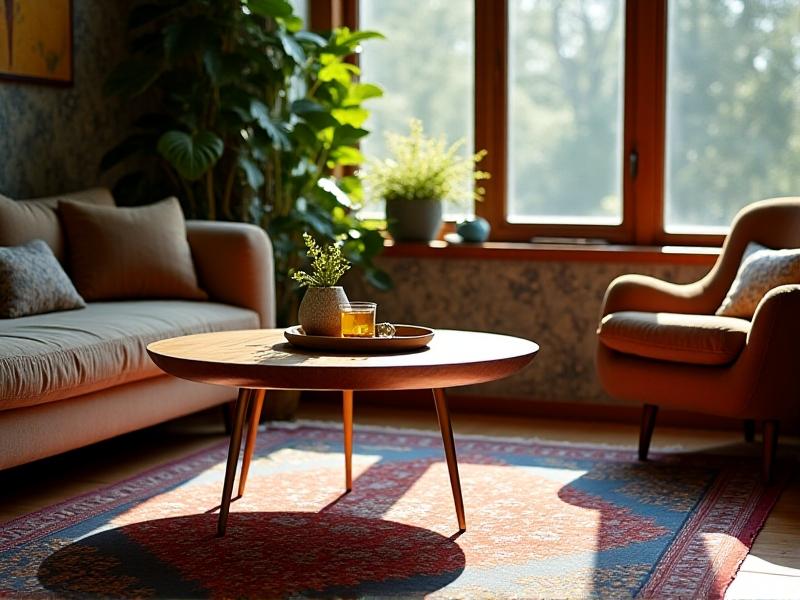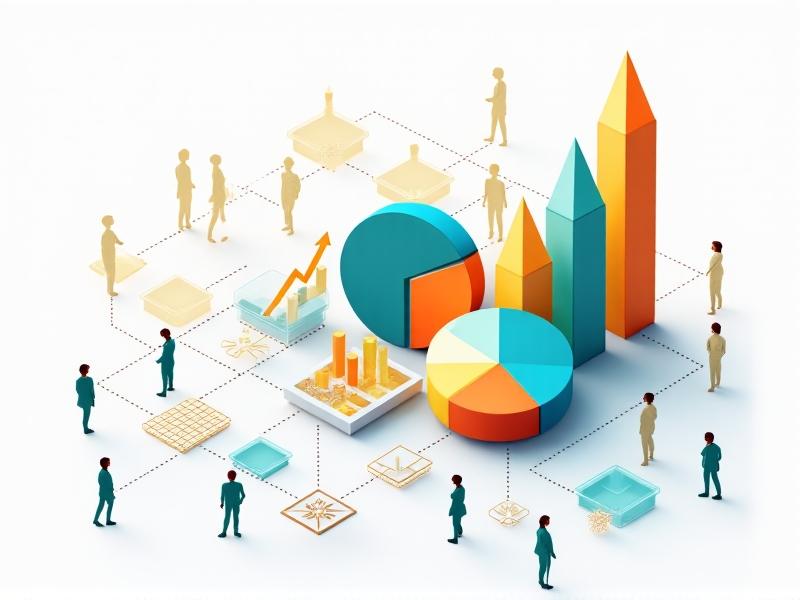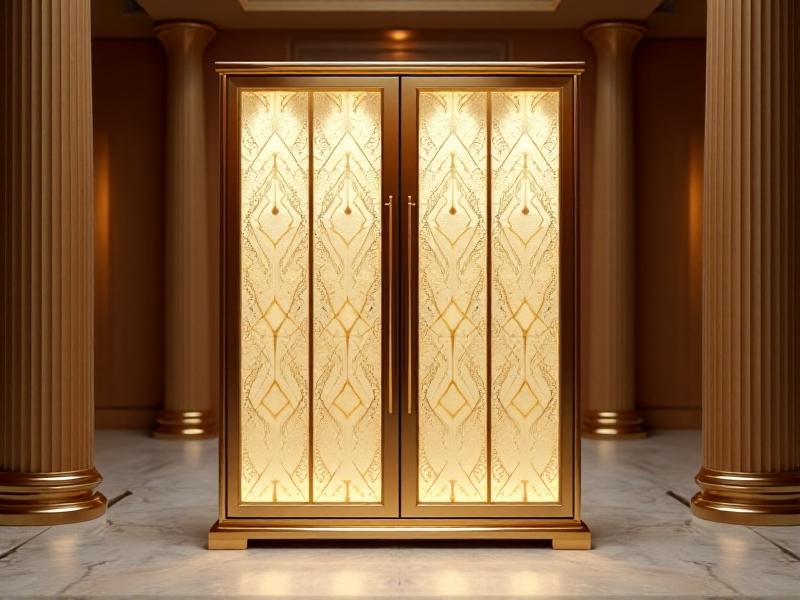Value Assessment: Identifying Hidden Gems Among Junk
The Art of Seeing Beyond the Surface
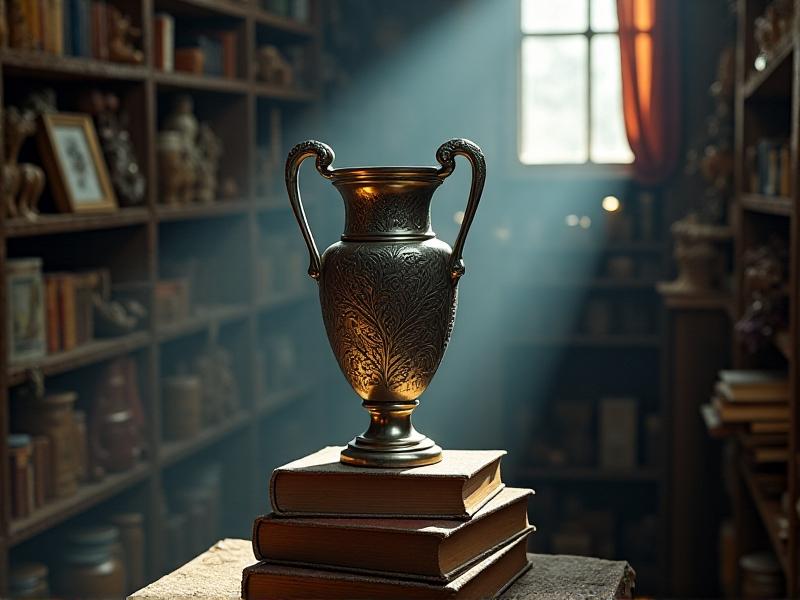
In a world saturated with mass-produced goods, the ability to discern value in overlooked items is both a skill and an art. The concept of "hidden gems among junk" speaks to our collective fascination with discovery—unearthing beauty, utility, or historical significance in objects dismissed as worthless. This process requires more than luck; it demands a shift in perspective. By training ourselves to look beyond dirt, damage, or outdated appearances, we unlock opportunities to rescue forgotten treasures and redefine their purpose. Whether in thrift stores, attics, or landfills, the potential for transformation lies dormant, waiting for a curious eye to recognize it.
The Psychology of Overlooking Value
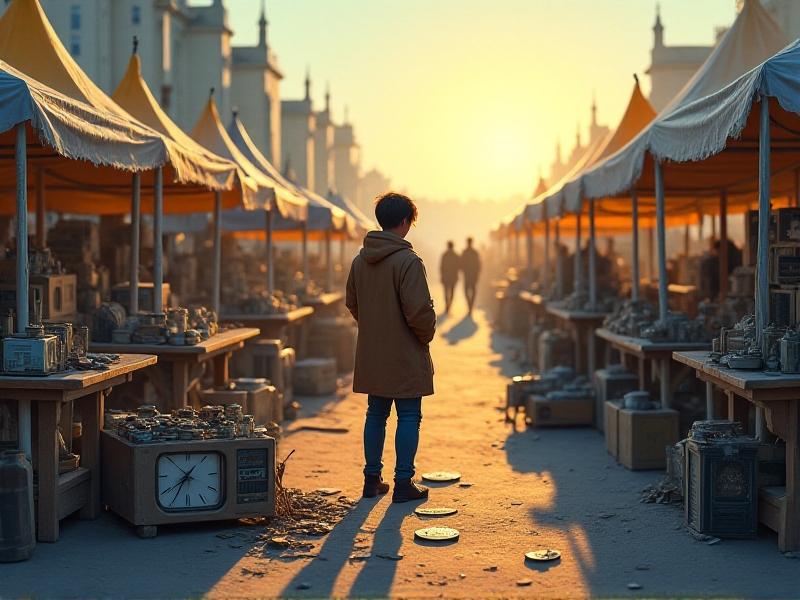
Human perception is often clouded by cognitive biases that lead us to underestimate value. Anchoring bias, for example, causes us to rely too heavily on first impressions—like a chipped paint job or rusted hinge—to judge an item’s worth. Similarly, functional fixedness limits our ability to imagine alternative uses for objects. A vintage suitcase becomes "just old luggage" rather than a potential coffee table or storage solution. Societal conditioning also plays a role; we’re taught to equate shiny and new with superior quality, dismissing items that show signs of age. Overcoming these mental barriers requires conscious effort. By asking "What could this become?" instead of "What is this now?" we begin to see possibilities where others see clutter.
Strategies for Systematic Evaluation

Effective value assessment combines research, observation, and intuition. Start by studying materials: solid wood construction under peeling paint or hallmarks on silverware often indicate quality craftsmanship. Next, investigate provenance—handwritten notes, manufacturer stamps, or unique design elements can reveal historical significance. Technology aids modern treasure hunters; apps that identify patterns in porcelain or authenticate artwork through image recognition are invaluable tools. However, physical inspection remains crucial. Run your fingers along joints to check for sturdy construction, examine wear patterns to gauge usage history, and test mechanical components. Pair this hands-on analysis with market knowledge by tracking auction results or collector forums to understand demand fluctuations.
Historical Cases of Remarkable Rediscovery
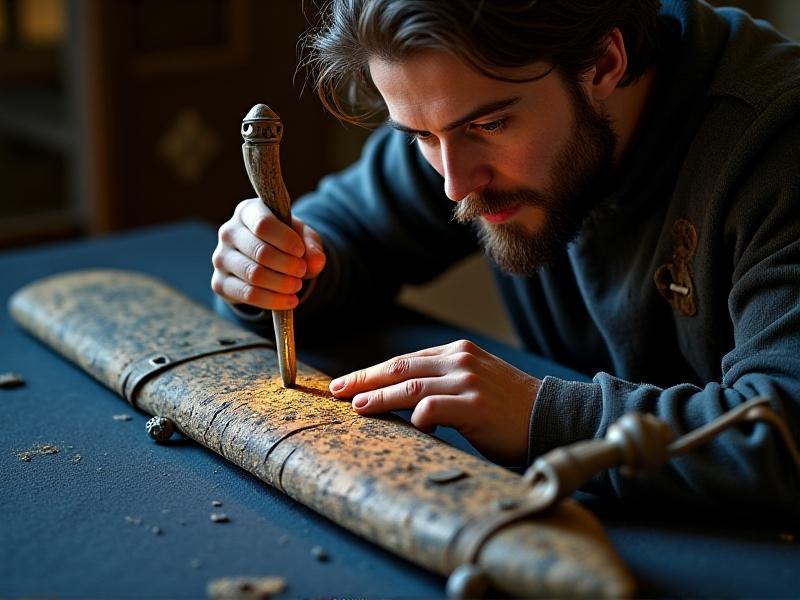
History abounds with objects that journeyed from junk to jewel. The Antikythera Mechanism, pulled from a Roman shipwreck in 1901, was initially dismissed as corroded debris before being recognized as an ancient Greek astronomical computer. More recently, a $6 thrift store painting turned out to be a missing Norman Rockwell worth nearly $1 million. Even in technology, early Apple computers discarded as obsolete now command astronomical prices at auction. These stories share common threads: experts who trusted their instincts, laypeople who questioned surface appearances, and societies that eventually valued historical continuity over novelty. They remind us that today’s trash often becomes tomorrow’s cultural touchstone.
Practical Steps for Everyday Treasure Hunting
Cultivating a treasure-hunting mindset starts with small, deliberate practices. Create a checklist for evaluations: material quality, structural integrity, rarity, and adaptability. Visit flea markets during off-hours when vendors have less time to pre-screen items. Build relationships with scrap dealers and estate sale organizers who might tip you to interesting finds. Learn basic restoration techniques like cleaning oxidation off metals or stabilizing wood without erasing patina. For tech-related junk, familiarize yourself with components that retain value—vintage camera lenses or rare semiconductor chips. Most importantly, document your findings. A simple spreadsheet tracking purchase prices, restoration costs, and resale values helps refine your eye for profitable opportunities over time.
Ethical Considerations in Value Reclamation
While finding value in discarded items is rewarding, it raises ethical questions. Cultural artifacts removed from their countries of origin—even if found in junkyards—should be reported to authorities. Environmental concerns also loom large; stripping copper wiring from abandoned appliances might profit individuals but encourage hazardous dismantling practices. Additionally, the gentrification effect of treasure hunting can’t be ignored: as certain items gain trendy status (like mid-century furniture), their rising prices may price out communities that traditionally used them. Responsible assessors balance profit with preservation, ensuring their activities don’t contribute to historical erasure or ecological harm. This might mean donating significant finds to museums or teaching restoration skills in underserved areas to spread both knowledge and opportunity.

